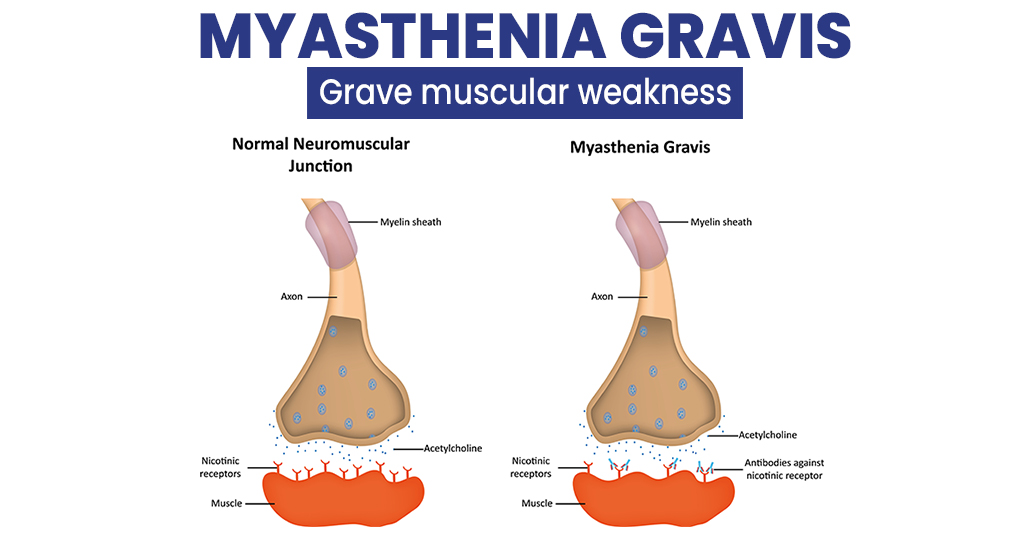Caffeine is a widely consumed stimulant that is found in many popular beverages and foods, such as coffee, tea, soda, and chocolate. While caffeine is generally considered safe in moderation, regular consumption of caffeine can lead to caffeine dependence and withdrawal symptoms when consumption is reduced or stopped.
Caffeine withdrawal is a set of symptoms that occur when an individual who regularly consumes caffeine abruptly reduces or stops their caffeine intake. Symptoms of caffeine withdrawal can include headache, fatigue, irritability, difficulty concentrating, and flu-like symptoms such as nausea and muscle pain.
The severity and duration of caffeine withdrawal symptoms can vary widely depending on factors such as the amount of caffeine consumed, how often it was consumed, and individual differences in metabolism and sensitivity to caffeine. In general, caffeine withdrawal symptoms can start as early as 12-24 hours after caffeine cessation, and can last for several days to a week or more.
The best way to prevent or manage caffeine withdrawal is to gradually reduce caffeine intake over time, rather than quitting abruptly. This allows the body to adjust to lower levels of caffeine and can help minimize the severity and duration of withdrawal symptoms. Other strategies for managing caffeine withdrawal symptoms may include staying hydrated, getting plenty of rest, and using over-the-counter pain relievers or medications to manage headache and other symptoms.
It is also important to note that caffeine withdrawal can be a sign of underlying caffeine dependence or addiction. Individuals who experience frequent or severe caffeine withdrawal symptoms may benefit from seeking professional help or support to address their caffeine use.
It is important to remember that caffeine consumption, like any substance or behavior, should be approached with moderation and balance. While caffeine can provide a boost of energy and alertness, excessive consumption can lead to negative health effects and interfere with sleep and overall well-being. If you are concerned about your caffeine use or experience symptoms of caffeine withdrawal, talk to your healthcare provider or a qualified addiction specialist for guidance and support.























